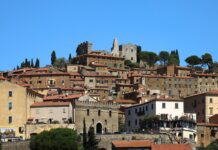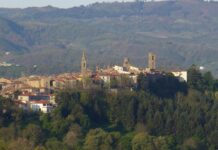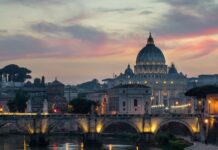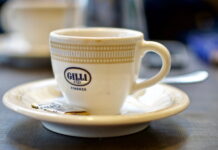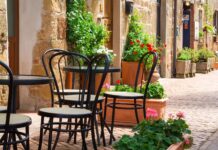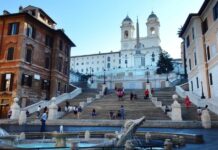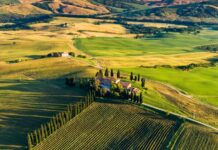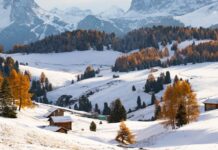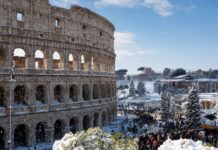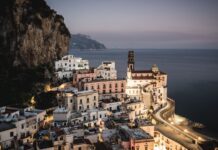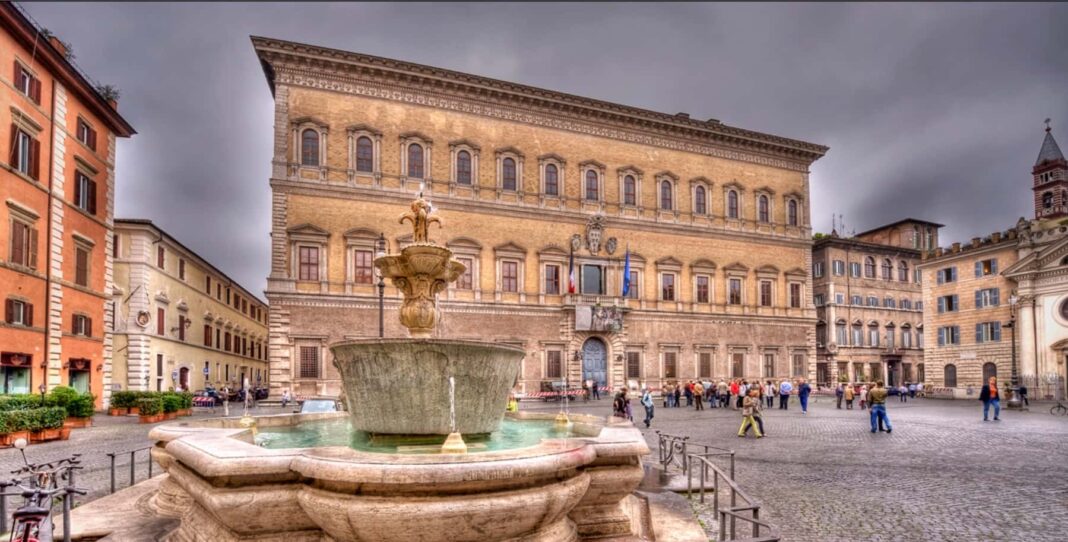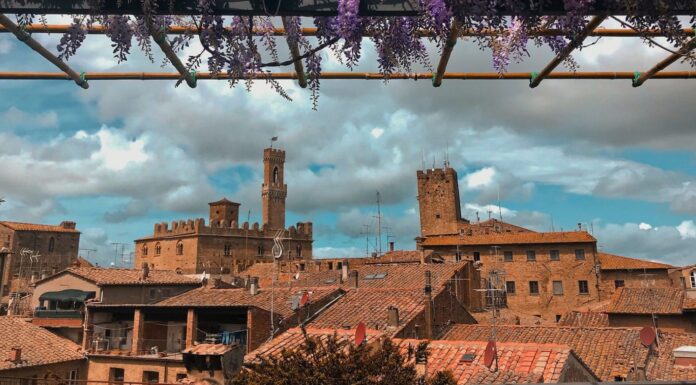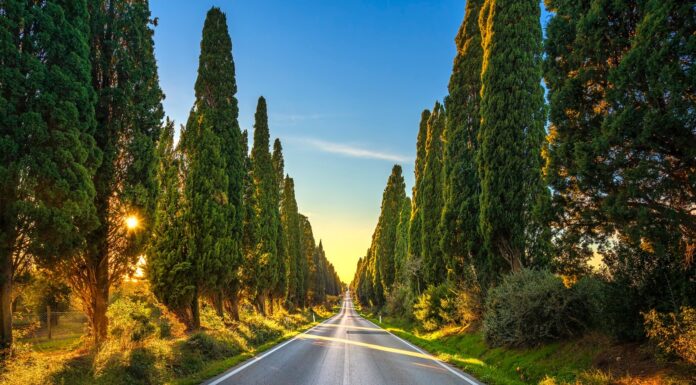Why is Palazzo Farnese so popular? It might depend on the Renaissance architecture or the legendary features by Michelangelo and Sangallo giving this site the characteristics to be chosen for being the fulcrum of relations between Rome and France. Visiting the structure, indeed, is firmly a must-see destination for those who are looking to enrich their knowledge about Rome.
Built in 1517 and just a mile from Trastevere, Palazzo Farnese allows you to get to know better the history behind the actual strong alliance between Italy and the French government. From being the residence of the ambassadors of the kings of France at the court of the Eternal City to being a renowned museum, you can wander along the enchanting Courtyard or fall in love with the Gallery Carracci’s works of art. An unusual experience in the name of the beauty of Italian culture.
Keep on reading the article to learn more about Palazzo Farnese, its origins, what to see and how to go there.
Where is Palazzo Farnese and How to get there
Located in the heart of Campo dei Fiori, it is the main character of Piazza Farnese (firstly named “Piazza di Napoli”). The latter takes its name from the building who brought Alessandro Farnese to buy nearby houses once belonging to Cardinal Ferriz. Moreover, the square actually hosts 2 identical fountains made by Rainaldi, set right in front of the Swedish Saint Brigida Church.
You can reach Palazzo Farnese both by car or means of transport. From Fiumicino Airport, you have to drive through the A91 highway and take Via Ostiense and finally Via dei Farnesi (it takes about 40 minutes). We suggest you not consider this option to avoid traffic and ZTL zones. On the other hand, from Roma Termini (Piazza dei Cinquecento) you can take bus 64 until the “Corso V. Emanuele” stop. From there, it takes about 4 minutes on foot to reach Via dei Baullari.
Read more: Capitoline Hill – 12 Things You Must See Here
Origins and Commissioning of Palazzo Farnese
Here’s a recap of how this complex has been lived in, enriched with cultural beauties and has its current appearance.
Establishment of the Farnese family
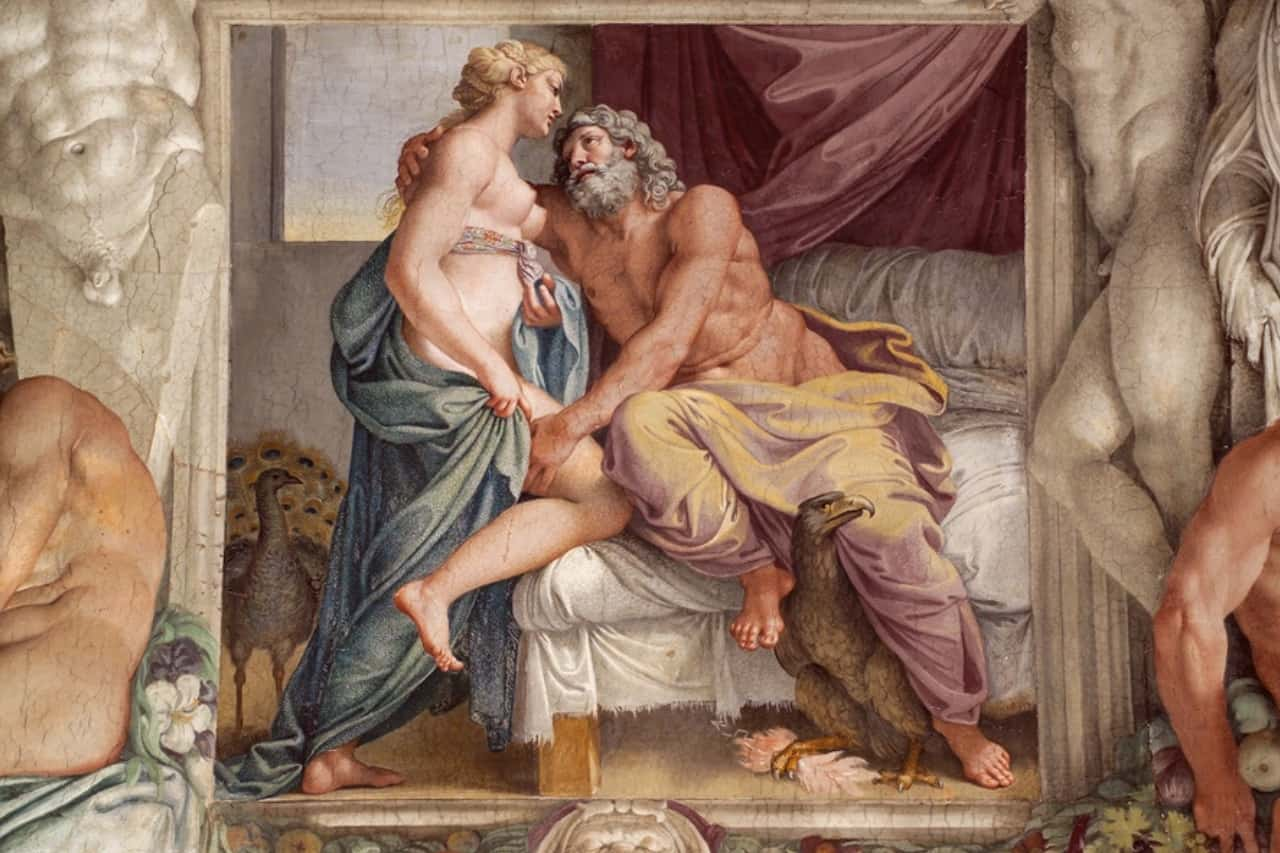
Before it went to the Bourbons or to the French Embassy and the Italian State, the suggestive building was the main residence of the noble Farnese family. We remember Alessandro Farnese (who lived from 1534 to his death in 1549) and mostly Odoardo Farnese.
Commissioning and early Construction of Palazzo Farnese
The elegant Palazzo Farnese owes its beauty to A. Farnese who first commissioned its early construction to Sangallo the Young who projected the atrium with the 3 naves and the enchanting portico. O. Farnese, who was an art buff, commissioned the embellishment of the internal parts to the Carracci brothers, Daniele da Volterra and others.
Read more: Italian Palaces – 20 Exclusive Royal Residences to Discover
The Architectural Vision and Design Contributors
According to historians, the Farneses wanted the homonym Palace to be imponent. This is why Vignola and della Porta created the main facades (front and back) by adding 3 levels embellished with the Farnese symbol and the loggia by Michelangelo. Year after year, the building was enriched with works by the Carraccis, Domenichino and G. Lanfranco or F. Salviati and Zuccari who made frescoes for the Fasti Farnesiani Salone.
Construction Phases of Palazzo Farnese
Here’s a recap about who and what contributed to the unique look of the edifice.
Chronological overview of Construction Milestones
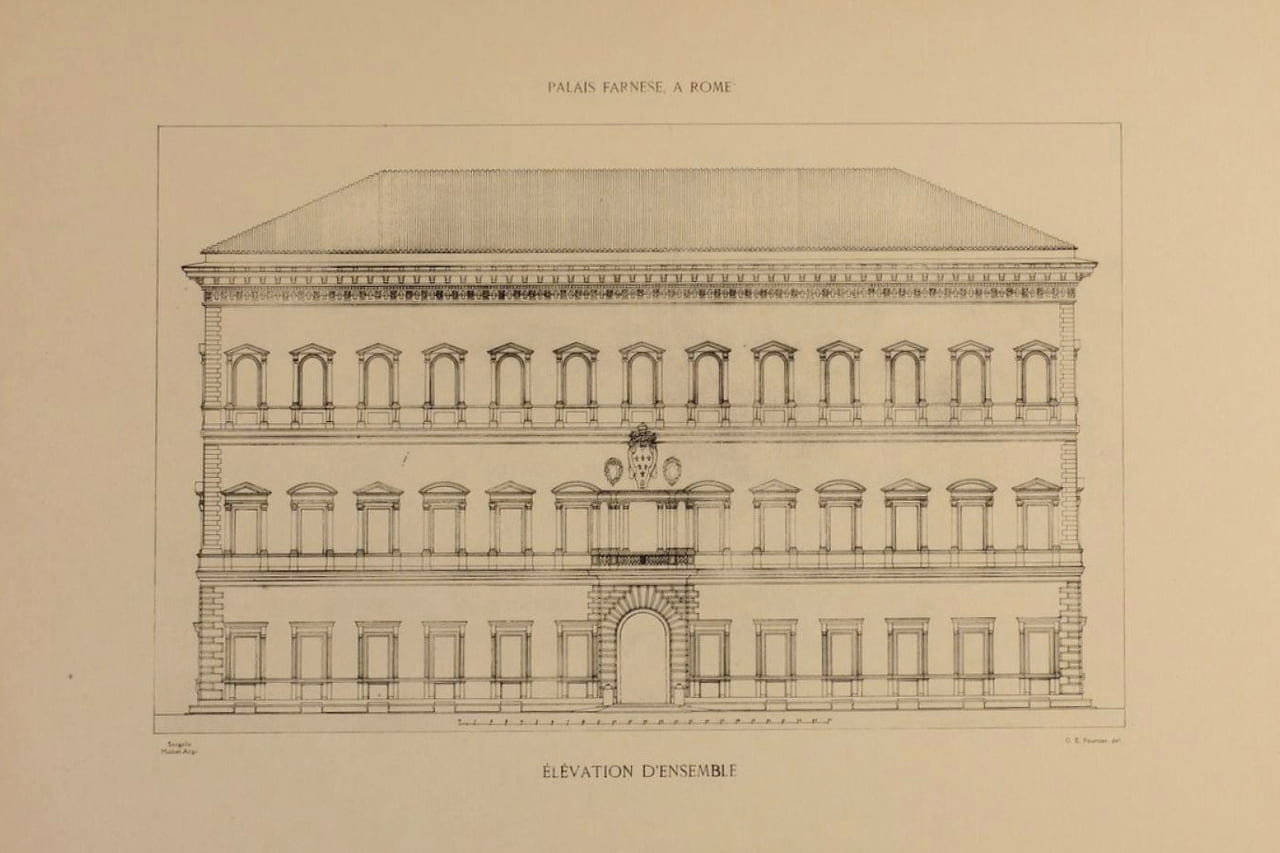
Palazzo Farnese counts numerous changes in terms of construction. Sangallo il Giovane started the works upon A. Farnese’s will. After the architect’s death, Michelangelo (from 1546 to 1549) took care of the project by adding the upper cornice and the Farnese coat of arms. After the Pontiff’s death, Vignola (up to 1573) and G. della Porta (1589) refined and completed the site.
Influence of Renaissance Architectural Styles
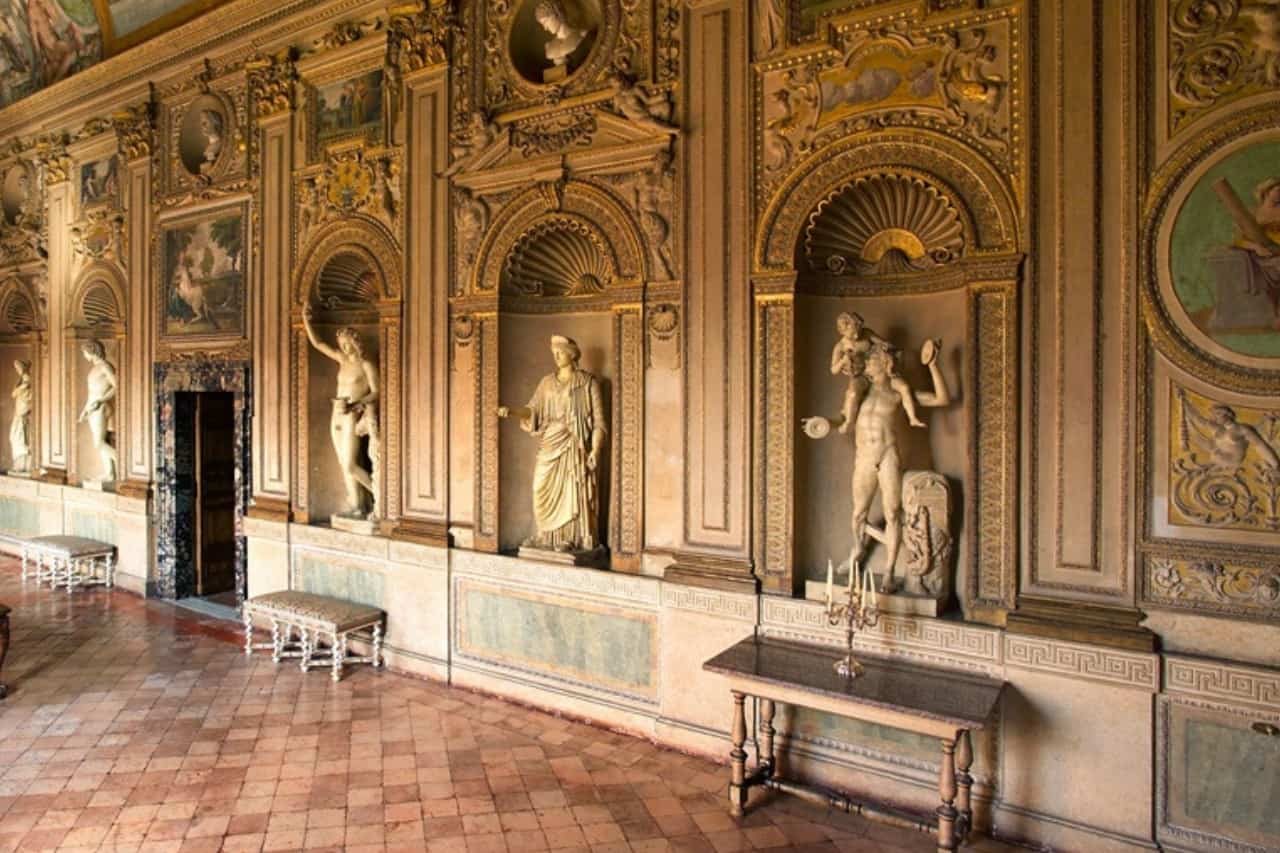
The property represents the classic symbol of Renaissance architecture. Both outside and inside, it is impossible not to admire the features: from the attention to proportions (especially in the Carracci Gallery) and the use of the Ionic and Corinthian styles for the columns up to the realism given to the carved wood windows shutters.
Architects involved in Shaping the Palace
Palazzo Farnese was designed and shaped by the greatest architects from the Renaissance. Thanks to Pope Paul III, the building owes its majesty and elegance to: Sangallo il Giovane, Michelangelo, Vignola, Annibale and Agostino Carracci and G. della Porta who completed the work of art in 1589.
Historical Events and Residents of Palazzo Farnese
Discover what made the building globally renowned on the historic level.
Key Historical Events hosted at Palazzo Farnese
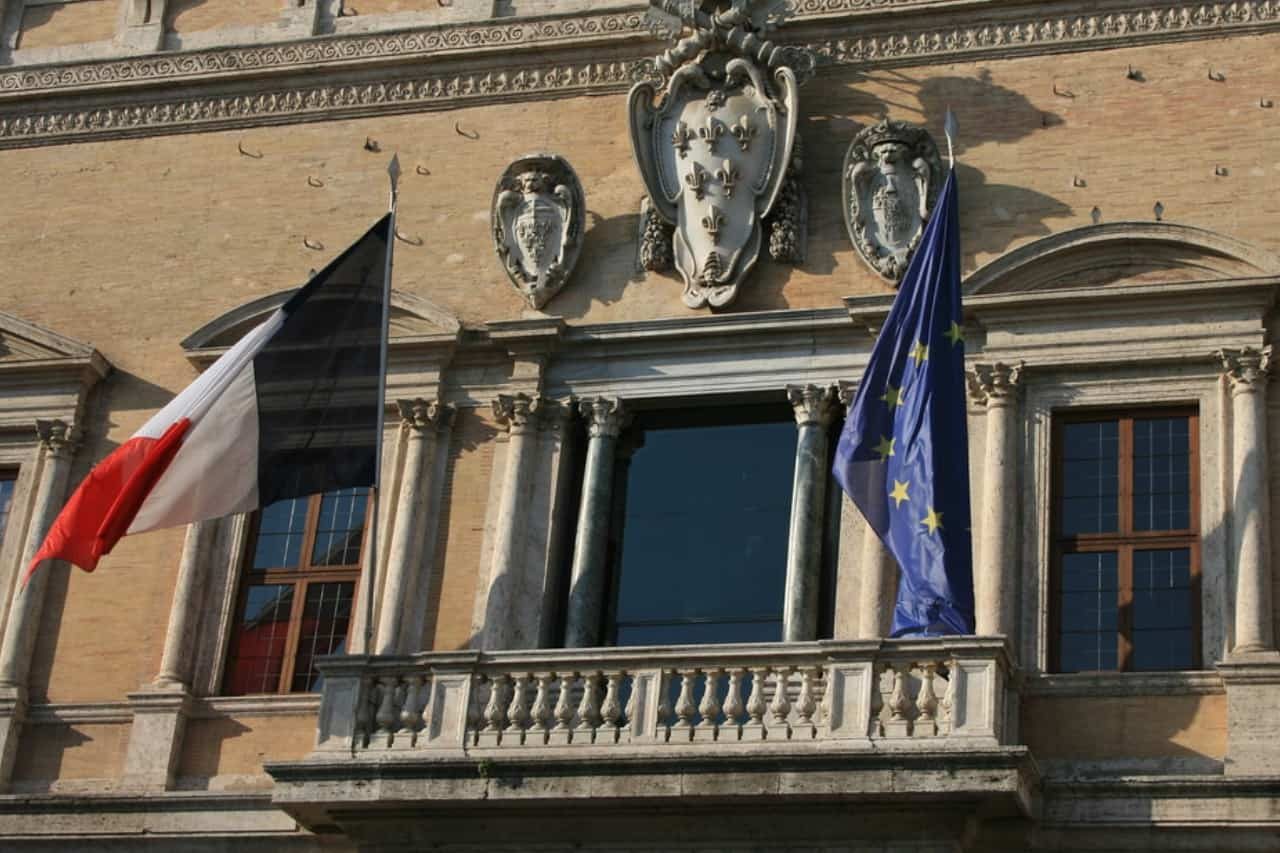
The structure is remembered as a place that hosted multiple memorable events. Indeed, the great Giacomo Puccini (musician) hosted the second act of the opera Tosca, way back in 1899. Moreover, the building was the main character of a dispute which brought the Bourbons to take away the property of the place from the Farneses. The Palace has been the seat of the French embassy for 99 years.
Read more: Altar of the Fatherland – Emblem of Italian Unification
Prominent Members of the Farnese Family who Resided in the Palace
The cultural point was lived by many important figures related to the Farnese family such as: Alessandro Farnese and Odoardo Farnese. The first, commonly known as Pope Paul III, used to live here following a royal lifestyle. The second, lived in the Palace up to 1622 and contributed the most to the internal decoration of the place.
5 Things to See in Palazzo Farnese, Rome
Here’s a list of what you can’t miss at Palazzo Farnese.
1. Courtyard and Facade
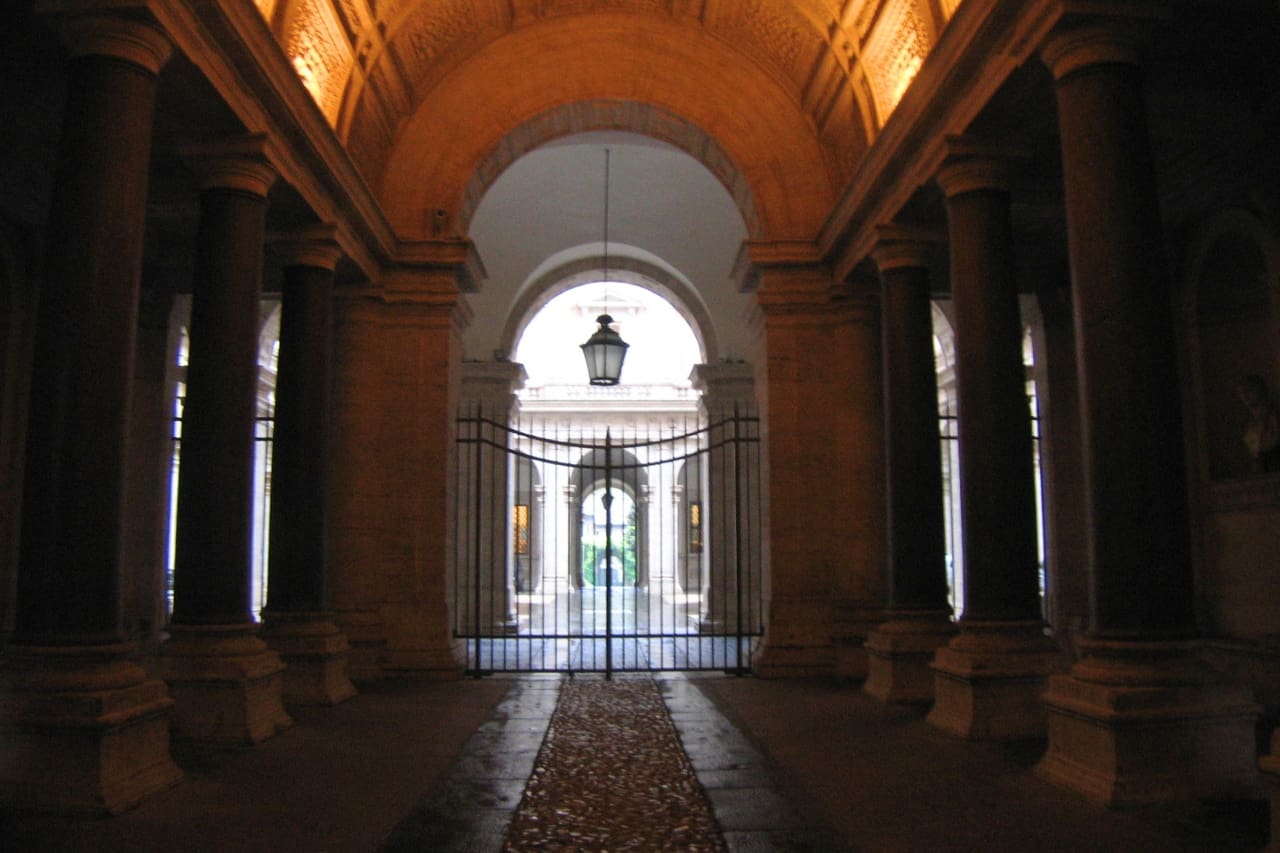
Palazzo Farnese was once nicknamed “the dice” (from the Italian “il dado”) for its square bulk. The latter, indeed, has an iconic facade (made of red bricks), which presents 3 floors and 13 windows uniquely enriched with curved and non-curvilinear pediments.
On the inside, the courtyard is much appreciated for the 3 large naves, divided by granite columns coming from the Baths of Caracalla. This hall will lead you to the main entrance, whose ceiling depicts a lily and a unicorn, symbols linked to the Farnese family and its power in the society.
2. Gallery of Carracci
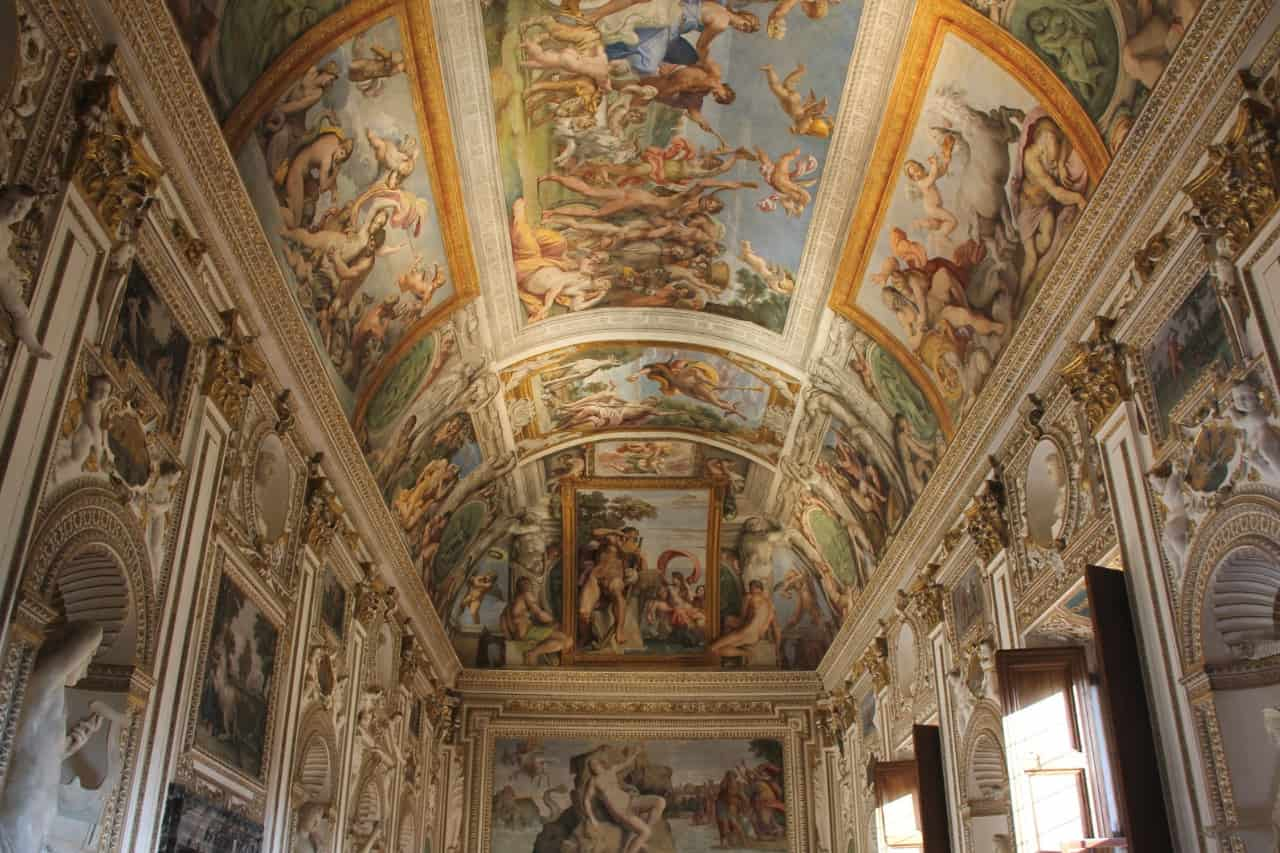
The 20 meters long Gallery of Carracci, enriched with frescoes during the 17th century, is one of the most beloved parts of Palazzo Farnese. You can admire masterpieces made by Domenichino, Agostino Carracci and Annibale Carracci such as: “The Triumph of Bacco and Arianna” (with two chariots pulled by tigers), “Polifemo and Galatea”, “Giove and Giunone”.
3. The Hercules Room
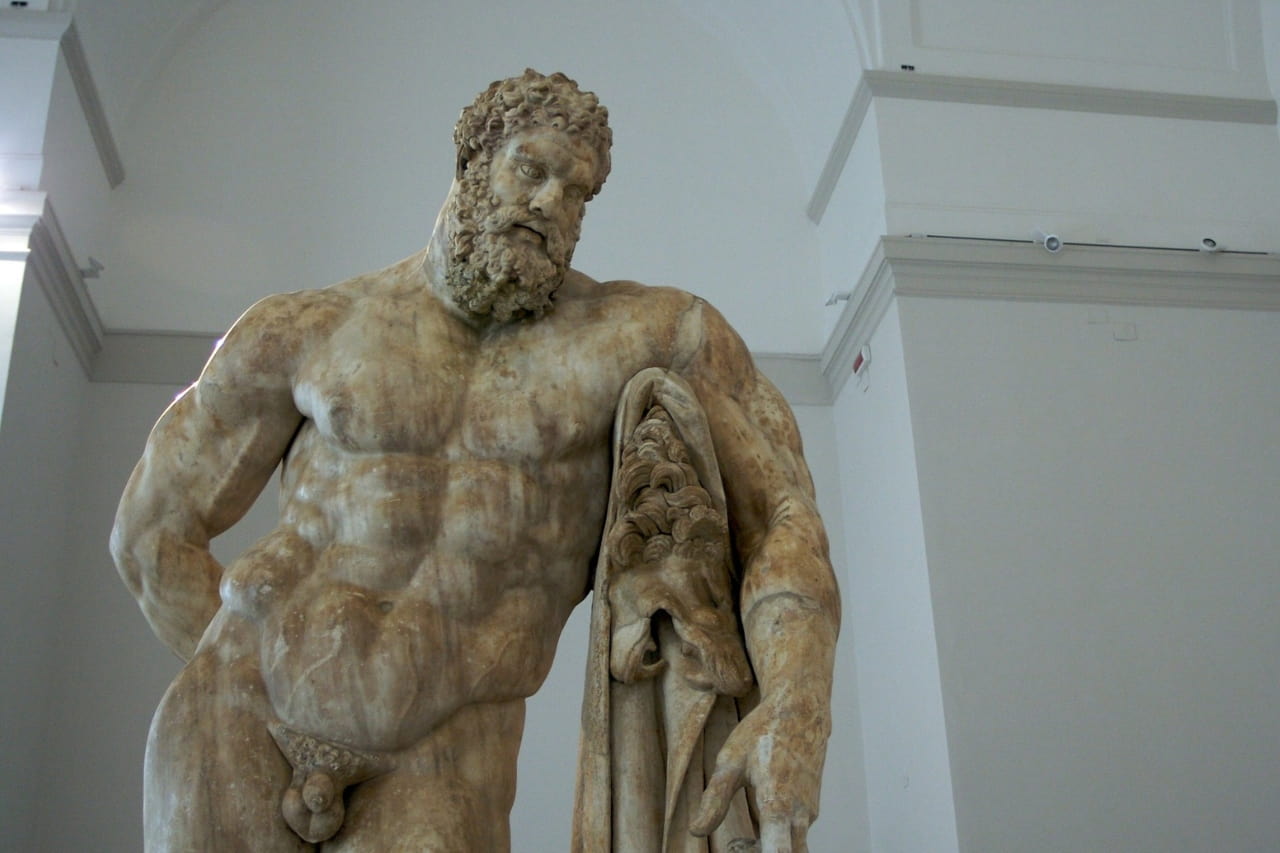
The Hercules Room (almost 19 meters high), adjacent to the Gallery Carracci, takes its name from an old statue (actually hosted in the Archeological Museum of Naples) depicting Hercules. At your arrival, you can’t miss three tapestries woven in the 1600s at the Gobelins Manufacture and two allegorical virtues depicting Abundance and Charity (realized by G. della Porta) set adjacent to the fireplace of marble projected by the architect Vignola.
4. Farnese Gardens

The Farnese Gardens are an open air museum. Here, you can enjoy a naturalistic area embellished with culture and art. At the center of the latter, there was once an imponent sculpture named “The Farnese Bull”, actually part of the National Museum of Naples. By now, it is impossible not to notice the nearby terrace overlooking the Tevere and anciently used as a stage to watch horse racing. Absolutely the perfect place to relax and take a walk recollected in tranquility.
5. Library
The Library of Palazzo Farnese, set on the 3rd floor since the 19th century, is an area dedicated to the École française de Rome. This area, indeed, was opened thanks to A. Dumont (student) who was commissioned to take care of a new Roman seat of the École française d’Athènes. Inside of this place, it is possible to find more than 200.000 books related to the sociological and archeological field, most of which were donated by major French cultural and local grants.
Where to buy tickets for Palazzo Farnese
You can buy tickets for Palazzo Farnese only through the official website.
Here’s the main costs:
- Standard guided tour of Farnese Palace (16$)
- Standard guided tour of Farnese Palace + Basements (20$)
- Standard guided tour of Farnese Palace + École française de Rome (22$)
- The ticket is free for under 6 children
We strongly recommend you to book your place in advance (you can pay online with Paypal or credit/debit card), in order to avoid misunderstanding and long queues. Moreover, you can choose 3 different shift tours on Monday, Wednesday and Friday (2.30 p.m entry, 3.30 p.m entry or 4.30 p.m entry).
FAQs about Palazzo Farnese, Rome
If you are still looking for curiosities or history pills, here is a list of the most frequent questions about Farnese Palace.
What do they do at Palazzo Farnese?
Since 1874, the French embassy has been based at Palazzo Farnese.
Who is the owner of Palazzo Farnese?
Nowadays, the owner of Palazzo Farnese is the Italian state. However, this belonged to the French government up to 1936, when the Italian rebought it and rented it.
What does Palazzo Farnese house?
Palazzo Farnese actually houses the seat of the French embassy, multiple works of art and the library of the École française de Rome.
How much does the ticket for Palazzo Farnese cost?
The ticket for Palazzo Farnese costs 12$ circa.
What does Farnese mean?
Farnese is the last name of the Pope Paul III (born Alessandro Farnese) who commissioned the construction of the building. It is also linked to the Farneses, a noble Renaissance dynasty.
Featured Image Credits: Photo by paolopenna CC BY 2.0 DEED


